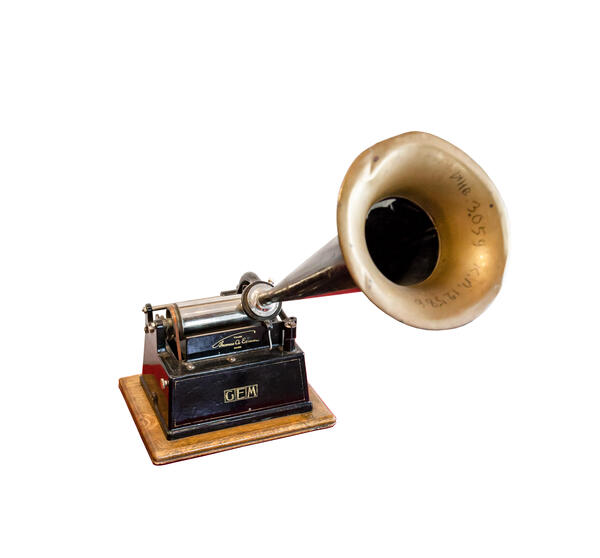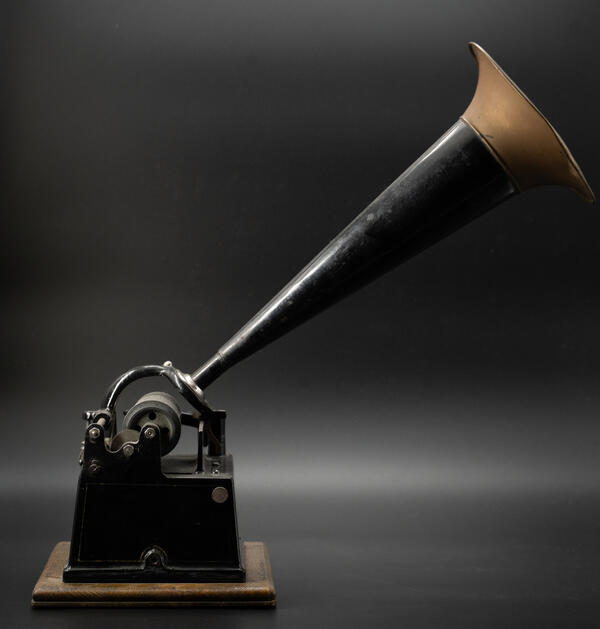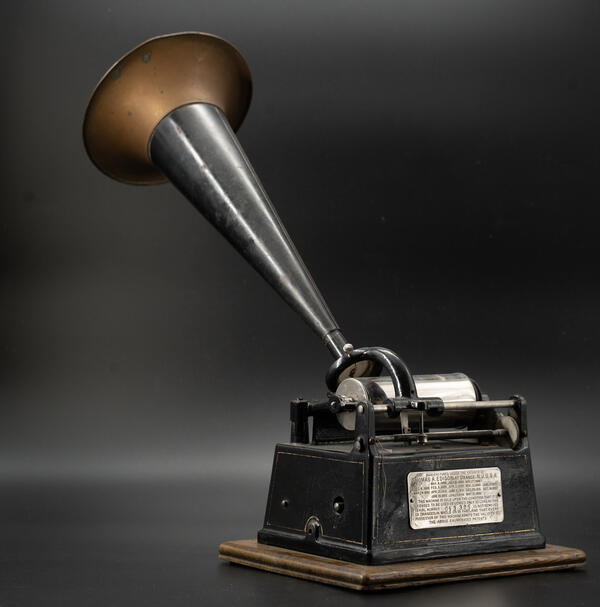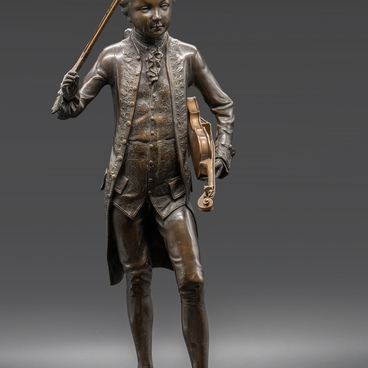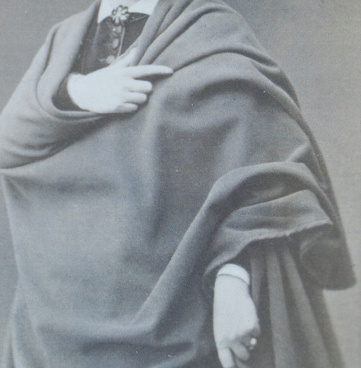The Museum of Music houses an Edison Gem Phonograph.
According to Thomas Edison, he invented the phonograph in the late 1870s. He was inspired by experiments to improve the telephone and telegraph. In particular, he wanted to create a device capable of recording messages.
In Russia, people learned of the phonograph in 1878, and a year later it was shown to the public. Tchaikovsky lived during this time of technological progress and could not ignore its manifestations in the field of music, first of all, the prospects of music recording.
In 1889, Tchaikovsky, who sensitively appreciated the importance of this device for the future of music, agreed to give an advertising review for it, in which he noted,
